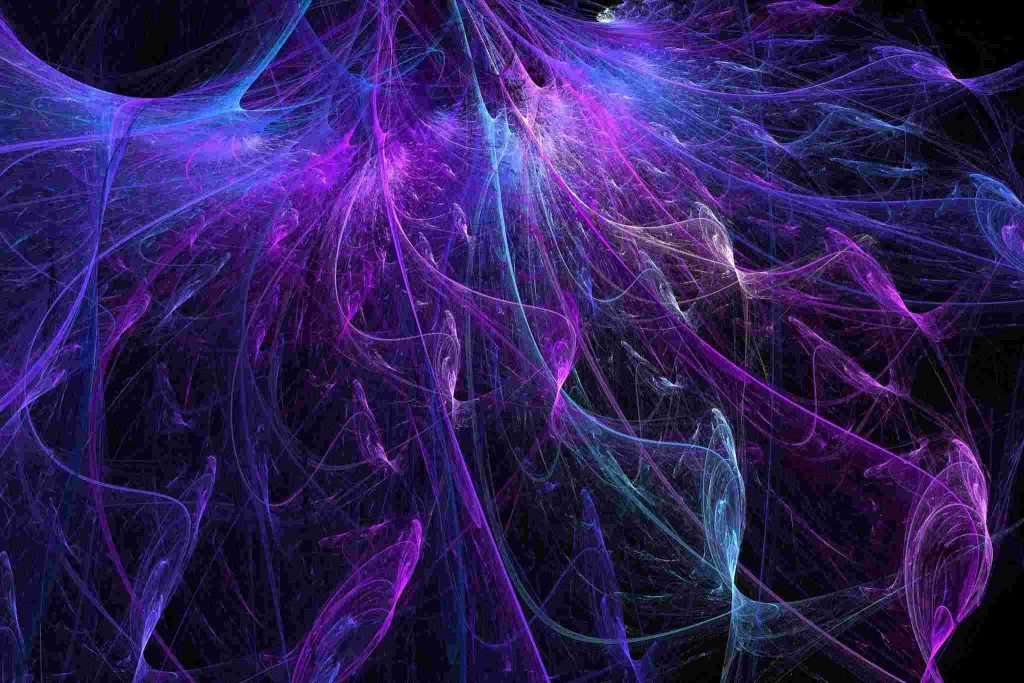
The field of Artificial Intelligence (AI) is growing rapidly, with algorithms evolving to match and even surpass human capabilities. One example of this is Deep Learning (DL), an advanced subfield of machine learning that can continue to evolve on its own, without the need for continued programming.
Deep learning algorithms can be used for enhanced computer vision, voice recognition and analytics tasks, which may have very real applications for technologies ranging from autonomous vehicles to medical research and diagnostics. With a virtually unlimited capacity to learn, DL networks can make sense of mind-boggling amounts of data and open the doors to a whole new level of analytics.
Deep Learning Overview
The machine learning process involves taking an input or inputs and returning an output. Deep learning expands this capability to continuously add to its understanding of features. This enables deep learning algorithms to not only take numbers as inputs and return other numbers, but rather take images, text, sound or video as inputs and return other images, text, sound, videos or simply numbers. That’s the basis of translators such as Google Translate, self-driving cars, and communication with personal assistants like Siri. Most of these activities are achieved through deep neural network architectures and are simply referred to as ‘deep learning’.
Once a deep learning algorithm has been trained, it can be used for solving real-world problems, such as detecting diseases, driving cars, locating weeds or pests in a field or finding faults in machines.
Recent advances in deep learning have reached the point where deep learning outperforms humans in many tasks. It is especially outstanding in computer vision, dealing with tasks such as transcribing text from an image and classifying objects.
However, deep learning is not simple to implement, as it requires large amounts of data and substantial computing power. Using a CPU is rarely enough, and recent advancements have made the use of a Graphics Processing Unit (GPU) much faster. Now there are even TPUs (tensor processing units), specifically designed to speed up things for TensorFlow users.
Top 5 Deep Learning Frameworks for 2019
There are several deep learning frameworks that can be used by people with little experience with machine learning technology, or even with no experience at all. With the help of these frameworks, you can upload your data and train a deep learning model to perform state-of-the-art deep learning with little effort.
These are five of the best deep learning frameworks for 2019:
1. TensorFlow
TensorFlow was created by Google and is one of the most popular deep learning frameworks. It is used by major corporations like Airbnb, Intel, and Twitter. Most of the Google technologies are allegedly relying on it. For instance, Google Translate is using TensorFlow capabilities such as natural language processing; text classification and summarization; speech, image and handwriting recognition; forecasting; and tagging. TensorFlow is a Python-based, open source deep learning framework which is still supported by Google. It has an active community contributing a lot of support and updates. TensorFlow is a comprehensive package that integrates well with third-party deep learning platforms. TF is topping our list and is undeniably one of the most used frameworks by developers right now.
2. Keras
Keras is another open source deep learning framework that is widely used. But Keras was built on TensorFlow and ultimately reached something TF was bad at – Keras is remarkably simple to use. That’s why Keras was integrated into TensorFlow. It requires very little code and is one of the easiest frameworks for beginners to work with. In 2019, TensorFlow 2.0 came out, boasting Keras syntax and signifying the importance of the package to the community.
3. Caffe
If you were into deep learning before it was cool, you’ve probably used Caffe. Caffe is an open source deep learning framework known for its speed. It can process more than 60 million images a day making it very suitable for image recognition. It works with C, C++, Python, MATLAB, and CLI. Its expressive architecture allows for training neural nets without hard coding and its extensible code encourages active development. Caffe is popular with deep visual recognition applications. However, Caffe does not support fine granular network layers like those found in TensorFlow or Microsoft Cognitive Toolkit. As a result, establishing complex layer types is not simple, and has to be done in a low-level language. While Caffe contributed to amazing projects such as the Google DeepDream, it’s prime is already behind us.
4. PyTorch
PyTorch is relatively new but is gaining popularity. It is also open source, primarily developed by Facebook, and is known for its simplicity, flexibility, and customizability. Recently, PyTorch has seen a high level of adoption within the deep learning framework community and is considered to be a competitor to TensorFlow (if ‘competitor’ is a suitable word for open-source frameworks). PyTorch is built with a clean architectural style, making the process of training and developing deep learning models easy to learn and execute. Py in the name of PyTorch obviously stands for Python, so anyone with a basic understanding of Python can get started on building their own deep learning models.
5. Microsoft Cognitive Toolkit
Previously known as CNTK, Microsoft Cognitive Toolkit is an open source deep learning framework to train deep learning models. It can efficiently train CNNs and RNNs for almost any DL task, including image, speech and text-based analysis. Similar to Caffe, it is supported by interfaces such as Python, C++, and CLI. Microsoft Cognitive Toolkit provides higher performance and scalability as compared to TensorFlow while operating on multiple machines. Microsoft Cognitive Toolkit is capable of handling images, handwriting, and speech recognition problems.
Wrap Up
In this article, we’ve explored what deep learning is about and listed the top deep learning frameworks. Which deep learning framework from the above list would best suit your business requirements? So, if you are looking to just get started, then a user-friendly framework like TensorFlow or Keras is ideal. But if you would like to use the latest technologies from Facebook, PyTorch is what you are looking for. Finally, if you are looking for high performance and scalability, Microsoft Cognitive Toolkit might be your solution.
However, if the choice is too tough for you to make, I’d suggest going for the classic, in this case – TensorFlow. With that said, now you can learn the brand new TensorFlow 2.0. code, syntax and all of its amazing features (and practice with some brand-new TensorFlow 2 exercises) in the updated deep learning content of the 365 Data Science Program.


